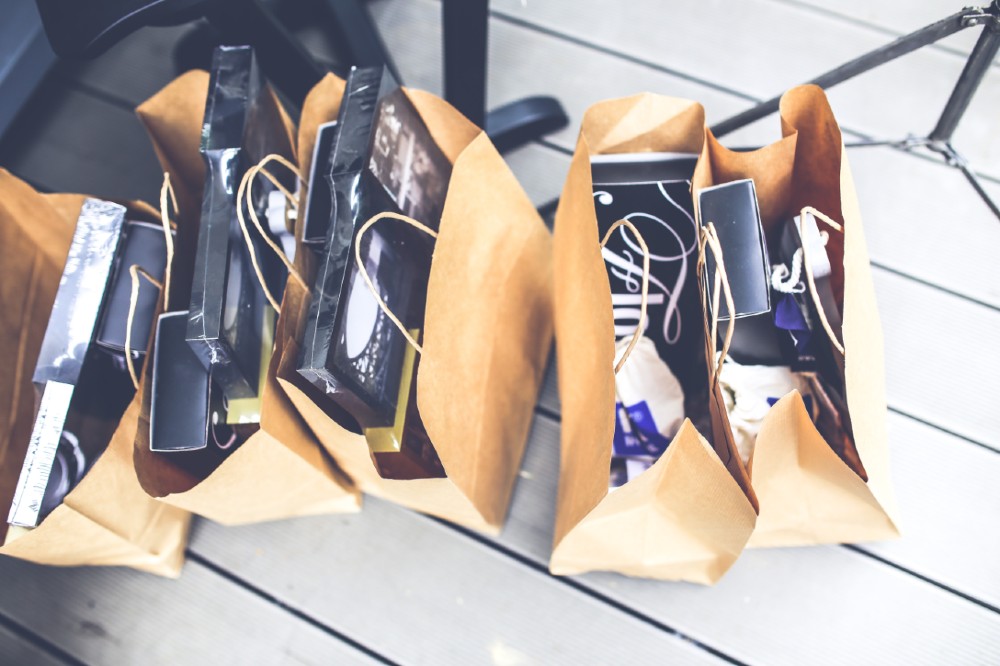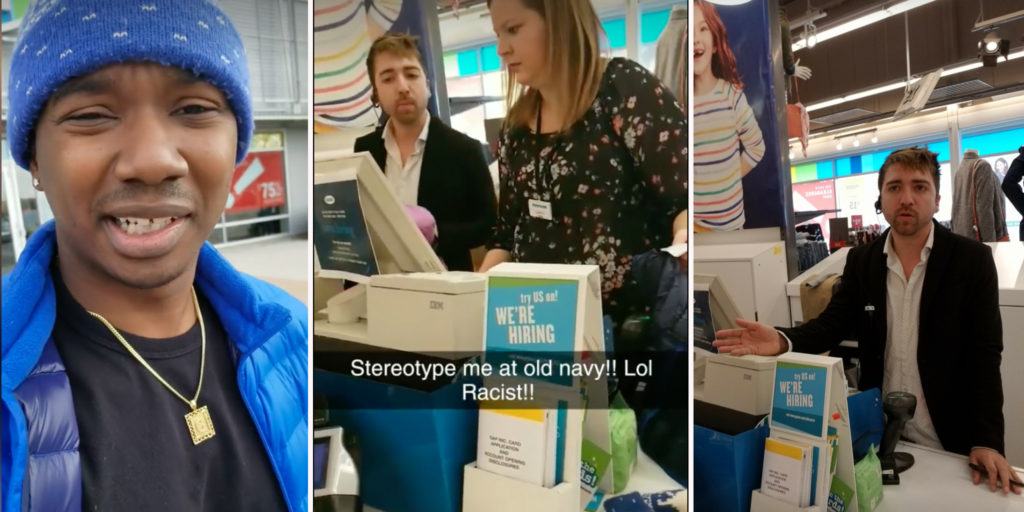Old and Navy
As the storefront-pocalypse continues to claim brick and mortars everyone, Old Navy is going the complete opposite way of most stores right now.
![]()
The Gap Inc. corporation is proving that fast fashion is very hot right now.
Fast fashion
The company released its earnings statements yesterday, and the sales results by brand are telling. Banana Republic, the most expensive brand, saw sales decrease 5 percent. Gap brand sales increased 1 percent. Old Navy, the budget brand, is the only brand whose sales increased; they’re up 5 percent.
Old Navy isn’t the only budget brand succeeding right now.
ASOS, a UK fast-fashion brand, saw US sales increase 50 percent last year, and that brand releases 4,000 new items every week.
A report from Forbes indicates that “Same-store sales for all of Inditex–considered a real measure of growth–jumped 10% and net sales rose 12% for the year,” and “Zara was responsible for 66% of the company’s total sales.”
H&M’s gross margin increased to 52.1 percent at the end of February this year, according to a report from the LA Times.
And yet, in that same LA Times report, “H&M reported net profit in the first quarter dropped 3.5 percent, negatively affected by lower sales growth than planned amid tough market conditions in many of the retailer’s main markets as well as higher mark-downs.” Additionally, H&M’s corporate entity is launching Arket, a brand focused on classic styles rather than fast-moving trends.
Hip n’ trendy
From a marketing standpoint, a lot of signs point to marketing changes making a difference in performance for more traditional retailers. According to a review on Gap’s performance from Business of Fashion, “The results indicate that Chief Executive Officer Art Peck’s comeback plan is taking hold. He has invested in technology, marketing and on-trend styles like athletic apparel.”
The technology allows Old Navy to move faster, while product and marketing choices keep them ahead of the trendy curve.
Some of those marketing campaigns included celebrity endorsements and a focus on social media as a marketing channel.
And yet, apparel retailers like Ralph Lauren Corp (RL.N) and Urban Outfitters (URBN.O) have benefited as they better managed inventory and gave fewer discounts. Those tactics stand in sharp contrast to the fluidity of fast fashion.
The bottom line
I know, this sounds a bit indecisive, right? So, let’s take this away from it all; fast fashion’s day in the sun still has a whole afternoon in front of it, and certain marketing campaigns are well-poised to capitalize on those trends.
However, through operational excellence and a focus on everyday value, traditional retailers can also find success. In fact, there’s a chance those retailers are positioned to succeed in the long run. For now, though, it looks like the fast fashion retailers will continue to drive strong returns for their stakeholders.
#OldNavy
Natalie is a Staff Writer at The American Genius and co-founded an Austin creative magazine called Almost Real Things. When she is not writing, she spends her time making art, teaching painting classes and confusing people. In addition to pursuing a writing career, Natalie plans on getting her MFA to become a Professor of Fine Art.








































Pingback: One brand is learning to break a few store eggs to make a profit omlette - The American Genius